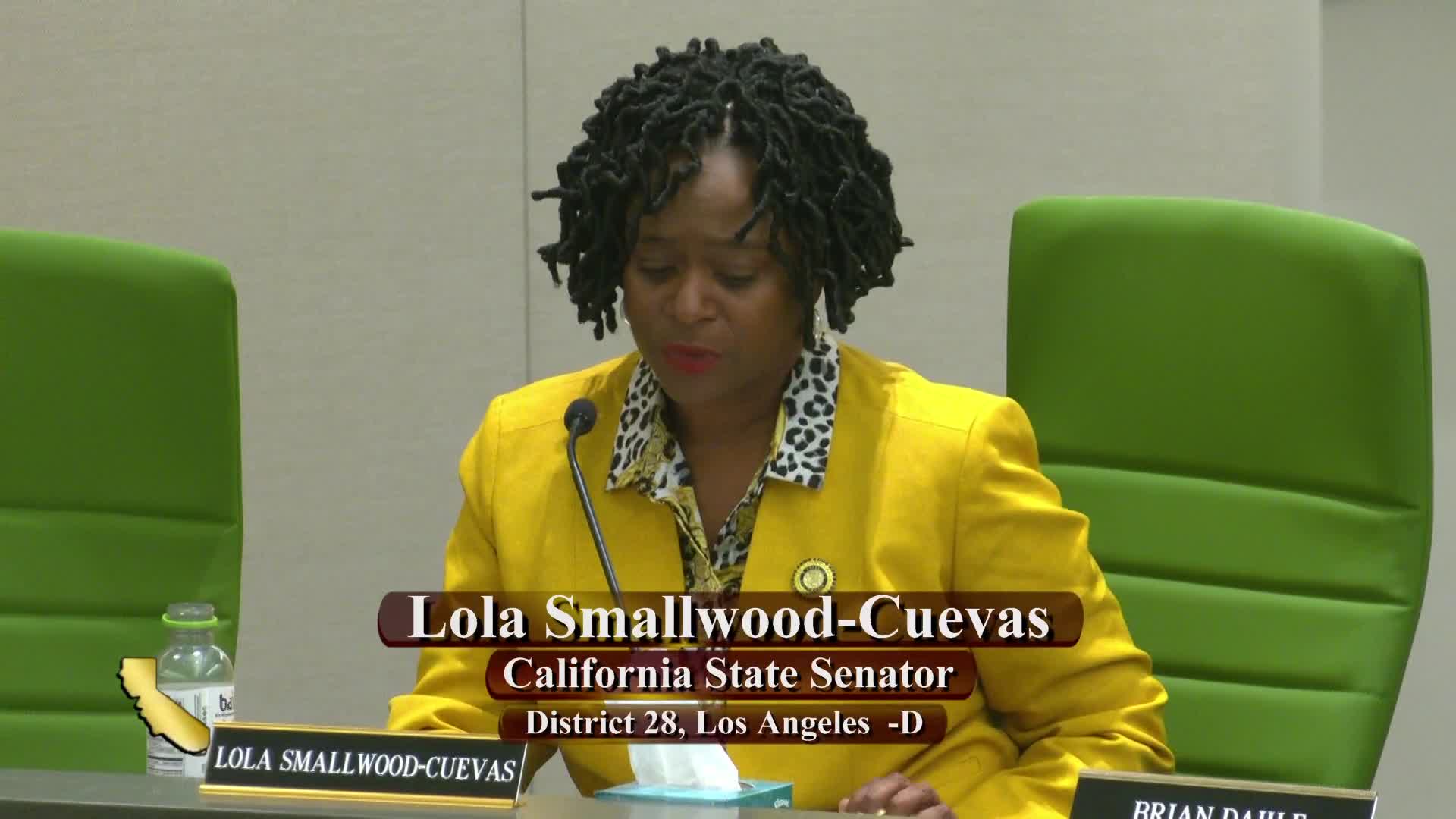AI Revolutionizes Emergency Response and Wildfire Management
August 28, 2024 | Governmental Organization, Standing Committees, California State Senate, Senate, Legislative, California
This article was created by AI summarizing key points discussed. AI makes mistakes, so for full details and context, please refer to the video of the full meeting. Please report any errors so we can fix them. Report an error »

In a recent government meeting, officials discussed the integration of artificial intelligence (AI) into emergency response and wildfire management, emphasizing the importance of balancing technological advancements with cultural competence and community trust.
Key discussions centered around the role of AI in enhancing predictive analysis for wildfires. The Chief Intelligence Officer highlighted the transformation brought by AI, which allows for rapid processing of data to predict fire behavior and assess risks to critical infrastructure. This shift from traditional models, some of which date back over 50 years, aims to improve decision-making speed and accuracy for first responders.
Concerns were raised about the potential displacement of experienced personnel in the field due to AI advancements. However, officials reassured that AI is intended to augment the capabilities of existing staff rather than replace them. The integration of AI tools is designed to empower fire behavior analysts, enabling them to utilize real-time data effectively during emergencies.
Cultural competence emerged as a crucial theme, with discussions on the need for AI systems to address inherent biases, particularly in racially and gender-sensitive contexts. Officials acknowledged the ongoing challenges in ensuring that AI technologies are developed and implemented in ways that are fair and empathetic to diverse communities. The importance of community engagement and localized knowledge in the deployment of AI tools was emphasized, ensuring that technology serves all demographics equitably.
The meeting also touched on the necessity of having specialized staff at the state level to oversee AI applications in emergency management. This includes ensuring that personnel are trained in cultural competency to effectively engage with California's diverse population.
As the meeting transitioned to a second panel featuring industry and academic experts, the focus shifted to current efforts in leveraging AI for disaster preparedness and response. The discussions underscored a commitment to using technology responsibly while prioritizing community needs and maintaining transparency in emergency management practices.
Key discussions centered around the role of AI in enhancing predictive analysis for wildfires. The Chief Intelligence Officer highlighted the transformation brought by AI, which allows for rapid processing of data to predict fire behavior and assess risks to critical infrastructure. This shift from traditional models, some of which date back over 50 years, aims to improve decision-making speed and accuracy for first responders.
Concerns were raised about the potential displacement of experienced personnel in the field due to AI advancements. However, officials reassured that AI is intended to augment the capabilities of existing staff rather than replace them. The integration of AI tools is designed to empower fire behavior analysts, enabling them to utilize real-time data effectively during emergencies.
Cultural competence emerged as a crucial theme, with discussions on the need for AI systems to address inherent biases, particularly in racially and gender-sensitive contexts. Officials acknowledged the ongoing challenges in ensuring that AI technologies are developed and implemented in ways that are fair and empathetic to diverse communities. The importance of community engagement and localized knowledge in the deployment of AI tools was emphasized, ensuring that technology serves all demographics equitably.
The meeting also touched on the necessity of having specialized staff at the state level to oversee AI applications in emergency management. This includes ensuring that personnel are trained in cultural competency to effectively engage with California's diverse population.
As the meeting transitioned to a second panel featuring industry and academic experts, the focus shifted to current efforts in leveraging AI for disaster preparedness and response. The discussions underscored a commitment to using technology responsibly while prioritizing community needs and maintaining transparency in emergency management practices.
View full meeting
This article is based on a recent meeting—watch the full video and explore the complete transcript for deeper insights into the discussion.
View full meeting
